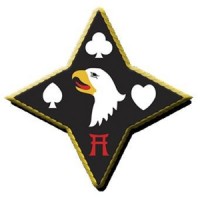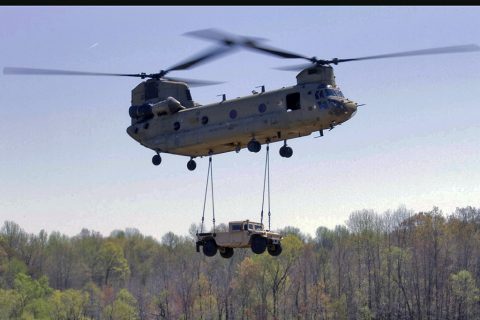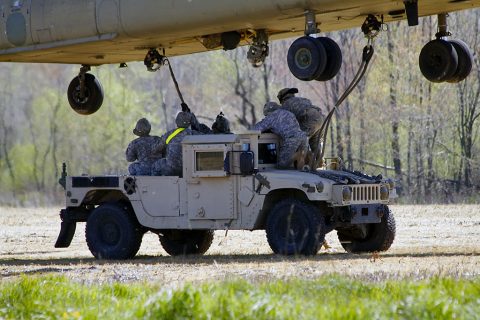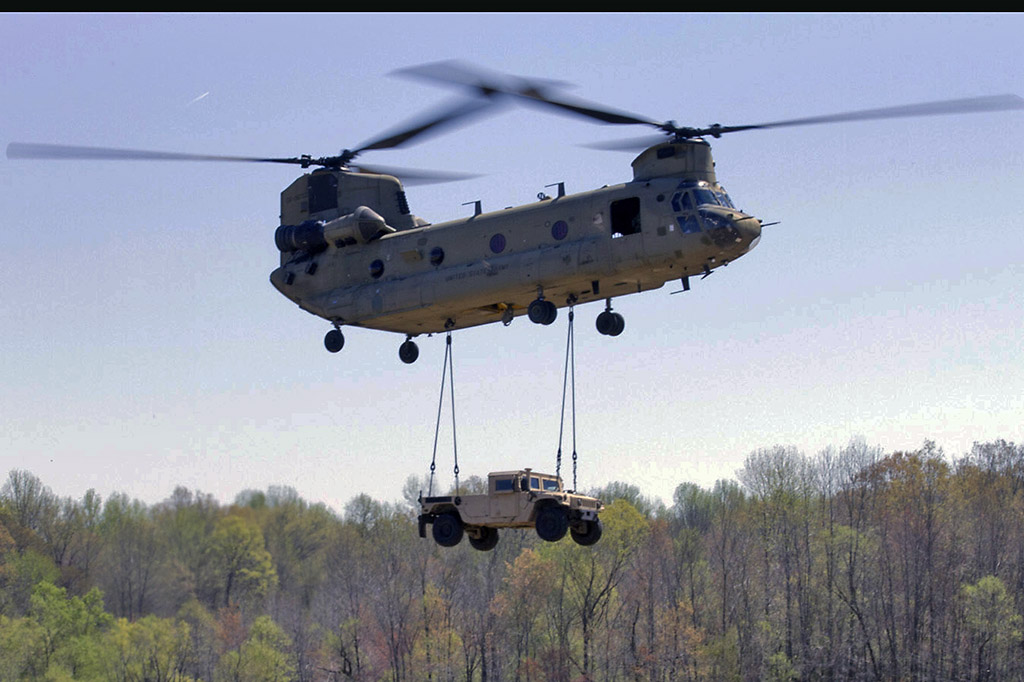Written by Sgt. Neysa Canfield
101st Sustainment Brigade, 101st Airborne Division (AA) Public Affairs


Fort Campbell, KY – Soldiers of 129 Combat Sustainment Support Battalion, 101st Airborne Division Sustainment Brigade, 101st Airborne Division (Air Assault), conducted a Battalion level field training exercise, Operation Eagle Hammer, on Fort Campbell, Kentucky, from April 4th-13th.
The Soldiers of 129 CSSB went through situational training exercise lanes, convoy live fires, and company field training exercises in order to prepare for Operation Eagle Hammer.
Within the first days of the exercise each company was given a designated area. Soldiers then had to set up their perimeter defense in order to defend their company’s area from enemy forces.

Soldiers encountered small arms attacks, unexploded ordnance, suicide vests, and chemical attacks that they had to react to.
Initially the OPFOR took advantage of some of their weaknesses. As those areas were exposed, in the various attacks, the Soldiers improved their fighting positions and defensive posture. We saw a significant improvement.
The “Wedge” command team made sure to incorporate Air Assault, decontamination, and water purification training.

“Each company, in 129 CSSB, has a Sling Load team,” said 1st. Lt. Brian Jones, assistant operations officer with 129 CSSB. “The battalion commander’s intent is for the teams to be competent in their Air Assault tasks. We made sure we loaded equipment onto the aircraft that we would be loading in a real life situation, this way if a mission were to arise we would be prepared.”
“Training of this nature is always a great opportunity to test our Soldiers on those fundamentals of leadership by ensuring they stay engaged constantly,” said Rendon. “Getting back to basics – digging and fortifying positions, range cards, sectors of fire, field craft – those things that bring our Soldiers and their leaders closer are what we were aiming to get after.”
After a grueling 10 day field training exercise it was time for the Wedge Soldiers to wrap it up.
“As we stay ready to deploy, our battalion is more than prepared to deploy in an expeditionary manner to austere environments,” added Rendon. “Wedge Soldiers can deploy at moment’s notice and sustain our next Rendezvous with Destiny.”



